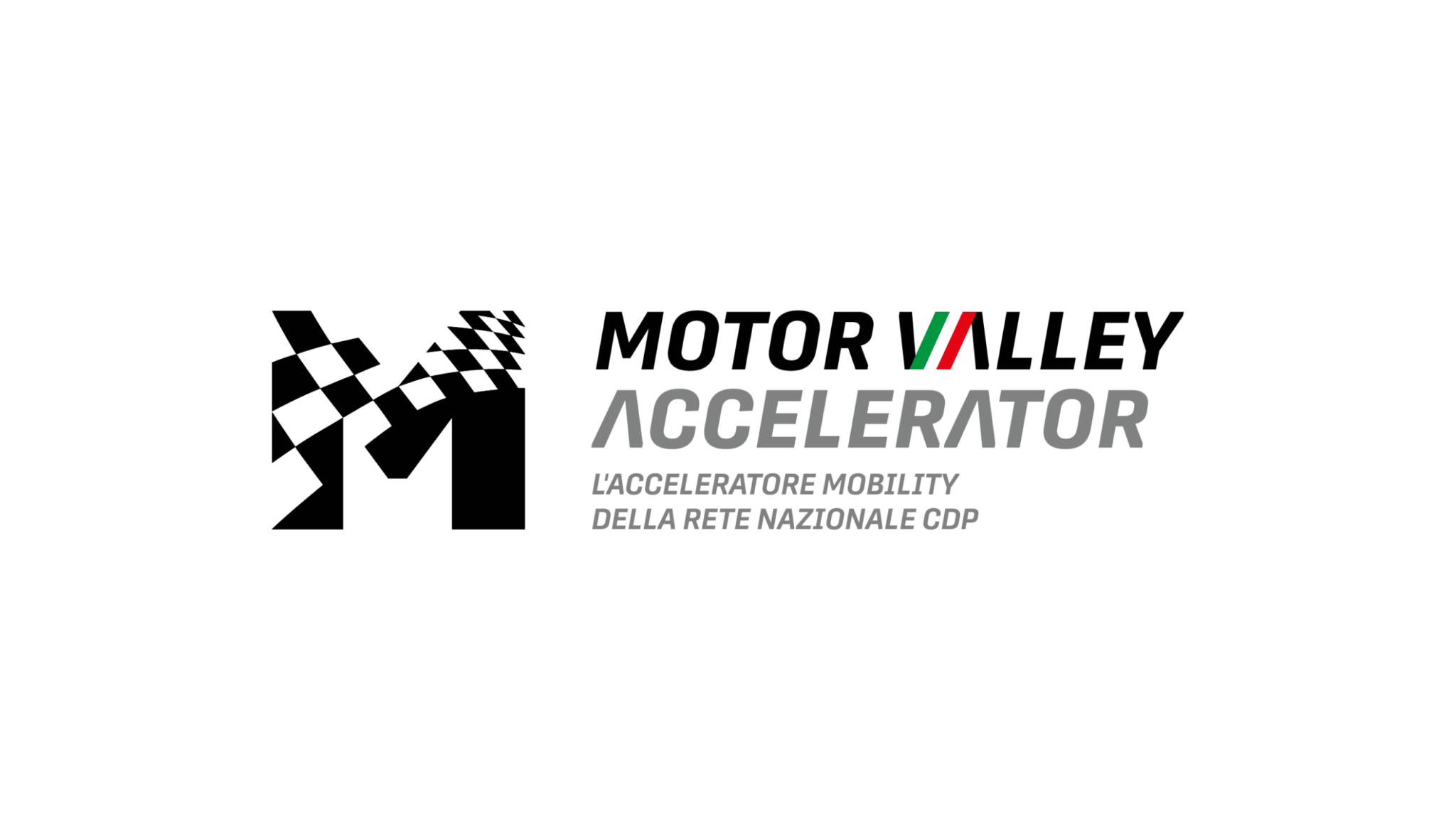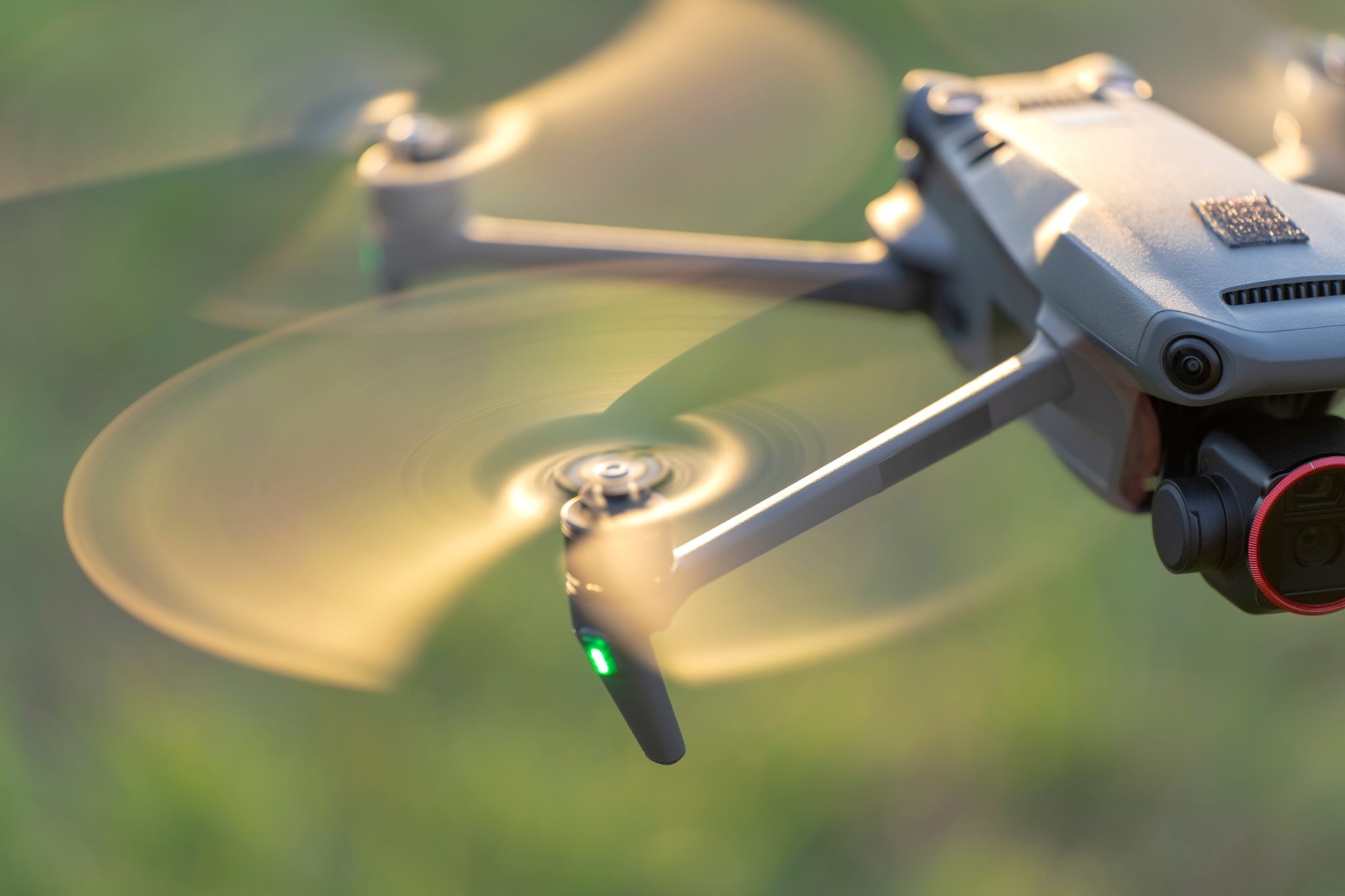Energy Harvesting for remote monitoring

Technology scouting aimed at defining and understanding the details of the technologies used in energy harvesting processes.
The activity made it possible to define, through the study of the scientific literature on the subject, the set of available technologies and to understand their technical details: functional principles, limits, applicability and development perspectives. The main actors involved in the production or dissemination of these technologies were then identified and evaluated through the analysis of professional databases (patent, scientific and other literature).
The existing technologies have been contextualized in the sector and in the specific application, allowing the evaluation of the final usefulness and of possible applications for the client company.
The results of the activity have allowed customers to understand existing technologies, to evaluate their characteristics and to select, with the support of CRIT, the most suitable solution for their application needs.
Energy recovery is nowadays a key aspect in a wide variety of sectors with a very diverse nature, including the production and distribution of energy and services, but also the production of industrial equipment and machinery. With the constant advance of electronic technologies, it has become increasingly important to limit waste of energy and to support the energy use of batteries and other power supplies which currently represent one of the limiting aspects of numerous technological innovations such as IoT, Smart Sensors and Wearable.
The scouting activity allowed to outline in a first phase the physio-chemical principles used by the existing technological solutions. The foundations of conversion have been described according to the common classification based on the form of energy to be converted, in particular:
- Mechanical energy (vibrations, movements, mechanical stress)
- Thermal energy (temperature gradients)
- Electromagnetic energy (e.g. light and radio wave sources)
Each class was studied in depth outlining the main characteristics of the technologies , from piezoelectric systems to electromagnetic induction generators, up to thermoelectric generators (TEG) or RFID systems.
In this way, the foundations were established for understanding technology and for choosing the optimal solution. Subsequently, based on the requirements presented by the client company and on the applications of interest, the focus of the activity was shifted towards the specific details of the case handled, analyzing the existing solutions at the level of basic and commercial research applicable of possible usefulness.
Finally, the main suppliers in the sector were listed and analyzed, giving a description of the activities and products offered. In this way, the existing landscape was concretized and the necessary tools for future activities in this area were given
Contact Us
Are you interested in receiving more detailed information about CRIT and its services? Please fill out the form below and you will be contacted shortly.
"*" indicates required fields



